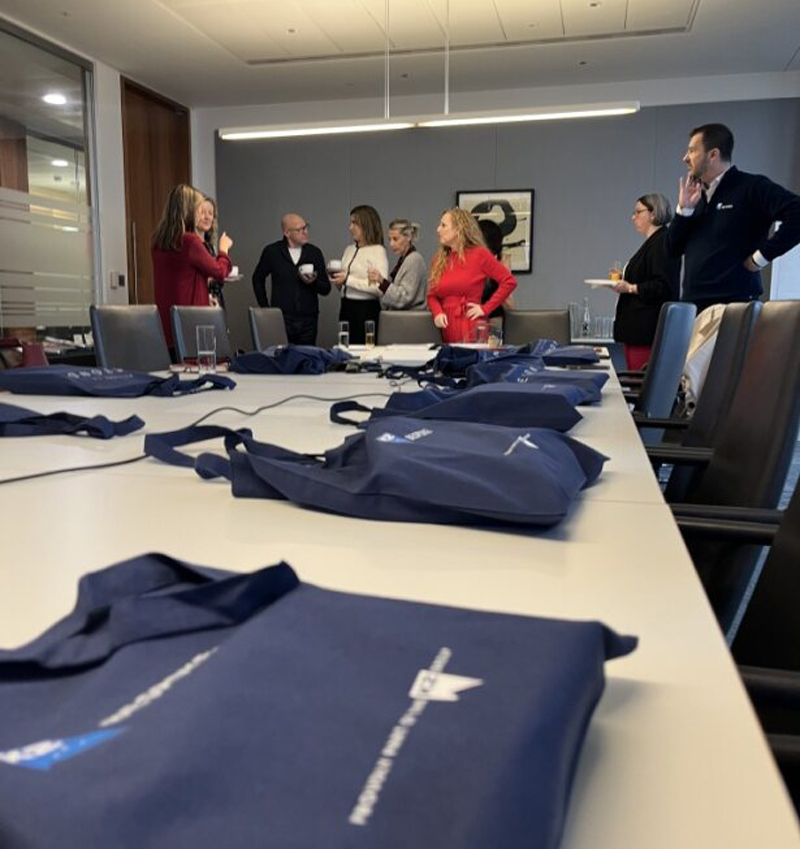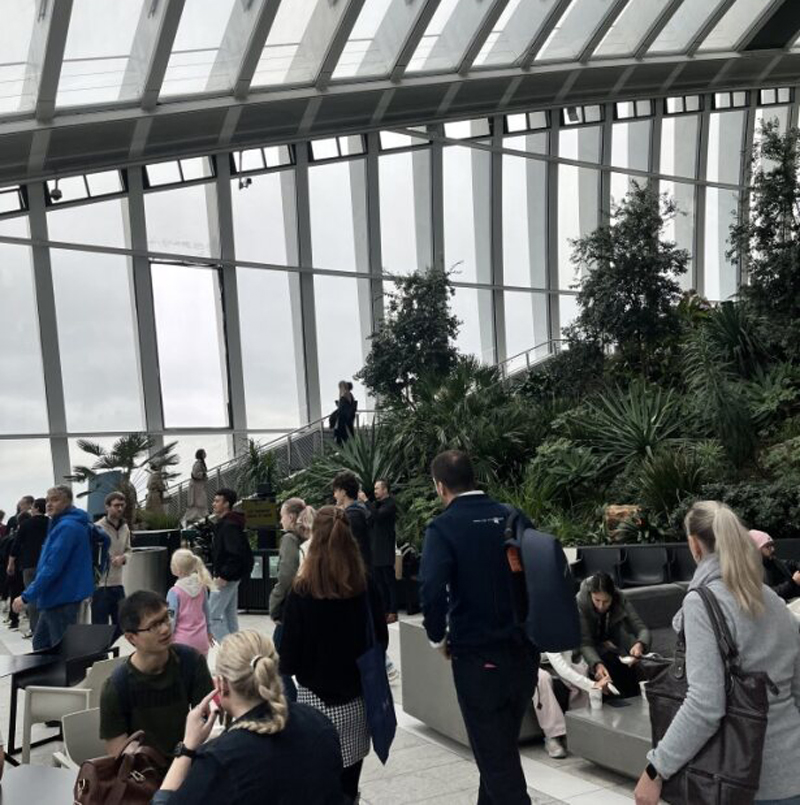On Wednesday, 8 October 2025, K2 Corporate Mobility partnered with Kennedys Law LLP to host an exclusive breakfast briefing for HR Directors and Mobility leaders from across the legal sector. Set against the skyline backdrop of 20 Fenchurch Street, the session explored the fundamentals of building a modern, compliant global mobility function; evolving Secondment types; compensation strategies; and tailored relocation support. We also unpacked governance and compliance workflows before closing with a practical look at business-critical (VIP) secondments and the K2 Bespoke methodology.
The conversation was led by Jewels Harrington (Global Mobility & HR Advisory, K2 Corporate Mobility), Louise Luke (Global Mobility Manager, Kennedys Law LLP) and Daniel Natoli (Managing Director, K2 Bespoke), blending strategy and execution.

Key takeaways
Why a Global Mobility function matters
- A dedicated mobility function enables compliant, fair cross border‑ movement and widens the talent pool while aligning with business strategy and leadership development.
- Core risk pillars span immigration/right-to-work, tax & social security, payroll, EU Posted Worker rules, regulatory obligations, and governance & control.
The mobility landscape has evolved
- From the 1980s’ long-term secondments to today’s mix (short-term, commuters, rotators, project workers, virtual secondments, international remote working and business travel), complexity and choice have grown, demanding clearer frameworks and controls.
Building the mobility framework
- Follow a staged path: Strategy (drivers & vision), Framework (secondment types, policy, reward, governance) and Support (service model).
- Practical buildout includes policy suites, quick reference grids, secondment letters, cost estimate templates, data methodology, and exception/escalation routes, underpinned by toolkits, training, and vendor onboarding.
Compensation strategies that fit the move
- Configure packages around the secondment goal, secondment type and home/host economics, balancing business performance with employee experience. Ensuring payroll, tax and technology capabilities can deliver the design.
Levels of relocation support: current trends
- Tiered/core plus models and core/flex frameworks help tailor support by complexity and seniority; baseline inclusions typically span immigration, tax, travel, household goods and temporary housing, with optional add-ons (e.g., partner support, cultural training). Benchmark consistently to stay competitive and cost disciplined.
Governance & compliance: make it routine
- Apply a repeatable three step process: Business case, Strategic option review (structure, policy, immigration/tax timing, cost request, performance and fit), and Costing & approval via the firm’s governance forum.
Managing business-critical (VIP) secondment
- What makes a move “VIP”? Extraordinary employee value, organisational requirement, personal circumstances or destination risk and typical profiles include board members, practice leaders and other high impact‑ roles.
- Benefits of mobility at this senior level accrue to the business (reputation, competitiveness), the employee (market insight, accelerated growth) and HR (talent management & retention).
- Success demands personalisation beyond policy, exceptional project management, the right specialist partners, and robust confidentiality and duty of care protocols.
- Five guiding principles: think beyond the relocating employee; plan resourcing for quality and quantity; understand the move beyond logistics; manage pressure while seizing opportunities; set realistic expectations.

Networking & visit to the Sky Garden
During the breakfast session, attendees were able to connect over coffee to compare current mobility challenges and share practical solutions from their firms. The morning concluded with an informal visit up to the Sky Garden, an opportunity to continue conversations while taking in panoramic views of the city, fittingly reflecting the global vantage point that modern mobility demands. (Event hosted at 20 Fenchurch Street; Sky Garden is located at the top of the building.)

